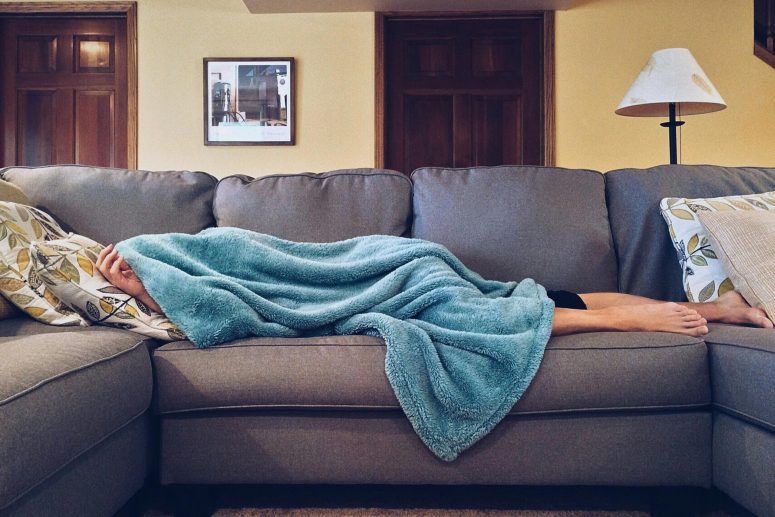Understanding and aligning with your body’s natural rhythms can be key to achieving optimal performance in various aspects of life. These rhythms, known as circadian rhythms, regulate everything from sleep-wake cycles to hormone release and energy levels. By tapping into these natural patterns, you can enhance your productivity, improve your health, and boost overall well-being.
The Science of Circadian Rhythms
Circadian rhythms are 24-hour cycles that are part of the body’s internal clock, running in the background to carry out essential functions and processes. One of the most important and well-known circadian rhythms is the sleep-wake cycle. This rhythm is influenced by external cues like light and temperature, which help synchronise the body’s internal clock with the environment (Roenneberg & Merrow, 2016).
Optimising Sleep for Better Performance
Sleep is a crucial component of circadian rhythms and plays a vital role in cognitive function, emotional regulation, and physical health. Poor sleep can lead to decreased concentration, impaired decision-making, and lower overall performance (Walker, 2017). To optimise sleep, aim for a consistent sleep schedule, create a restful environment, and limit exposure to screens before bedtime. These practices help align your sleep-wake cycle, ensuring you get restorative rest and wake up refreshed.
Leveraging Peak Performance Times
Understanding your body’s natural peaks and troughs in energy can help you schedule tasks more effectively. Most people experience peak alertness and cognitive function in the late morning, making it an ideal time for high-stakes tasks that require focus and creativity (Czeisler & Buxton, 2012). Conversely, a dip in energy typically occurs in the early afternoon. Scheduling less demanding tasks or taking a short break during this time can prevent burnout and maintain productivity throughout the day.
Nutrition and Exercise
Eating and exercising in harmony with your circadian rhythms can also enhance performance. Eating meals at regular times helps regulate metabolism and energy levels, avoiding the lethargy that can come with irregular eating patterns (Scheer, Hilton, Mantzoros, & Shea, 2009). Similarly, timing your workouts to coincide with periods of peak physical performance—often late afternoon or early evening—can result in better exercise outcomes and reduced risk of injury.
The Role of Light Exposure
Light is a powerful cue for regulating circadian rhythms. Exposure to natural light during the day boosts mood and alertness, while reducing exposure to artificial light in the evening promotes better sleep (Wright et al., 2013). Spending time outdoors, especially in the morning, can help synchronise your internal clock with the natural light-dark cycle, enhancing overall performance and well-being.
Managing Stress and Recovery
Chronic stress can disrupt circadian rhythms and negatively impact performance. Incorporating relaxation techniques such as mindfulness, meditation, or deep-breathing exercises into your daily routine can help manage stress levels and maintain a balanced circadian rhythm (Kabat-Zinn, 2015). Ensuring adequate recovery time is also essential. Just as sleep is vital for physical recovery, taking regular breaks and allowing for mental downtime can prevent burnout and sustain long-term performance.
By understanding and aligning with your body’s natural rhythms, you can tap into periods of peak performance, optimise sleep, manage stress, and enhance overall health. This holistic approach not only improves productivity but also contributes to a more balanced and fulfilling lifestyle. Embracing the power of your body’s internal clock is a natural and effective strategy for reaching your optimal performance.
Abigail Church is a Humanistic Integrative Counsellor who works with adults and children through counselling with Willingness. She can be contacted on abigail@willingness.com.mt or call us on 79291817.
—
If you think that you can benefit from professional support on this issue you can reach out here.
References:
- Czeisler, C. A., & Buxton, O. M. (2012). The human circadian timing system and sleep-wake regulation. In T. E. Scammell, J. E. Raper, & T. J. McCarley (Eds.), Sleep Disorders Medicine (pp. 1-23). Springer.
- Kabat-Zinn, J. (2015). Wherever You Go, There You Are: Mindfulness Meditation in Everyday Life. Hachette UK.
- Roenneberg, T., & Merrow, M. (2016). The circadian clock and human health. Current Biology, 26(10), R432-R443. https://doi.org/10.1016/j.cub.2016.04.011
- Scheer, F. A., Hilton, M. F., Mantzoros, C. S., & Shea, S. A. (2009). Adverse metabolic and cardiovascular consequences of circadian misalignment. Proceedings of the National Academy of Sciences, 106(11), 4453-4458. https://doi.org/10.1073/pnas.0808180106
- Walker, M. (2017). Why We Sleep: Unlocking the Power of Sleep and Dreams. Scribner.
- Wright, K. P., Jr., McHill, A. W., Birks, B. R., Griffin, B. R., Rusterholz, T., & Chinoy, E. D. (2013). Entrainment of the human circadian clock to the natural light-dark cycle. Current Biology, 23(16), 1554-1558. https://doi.org/10.1016/j.cub.2013.06.039

